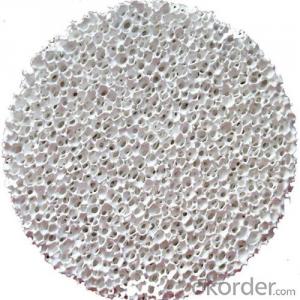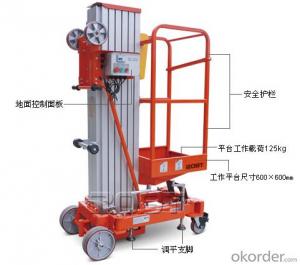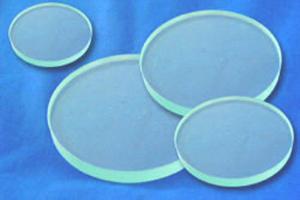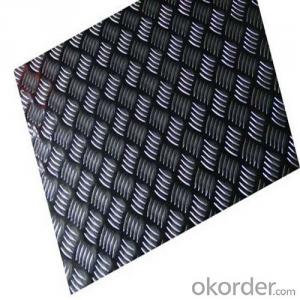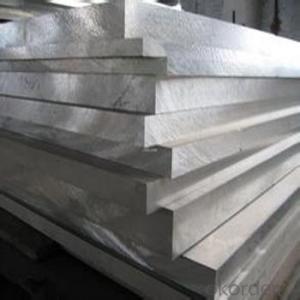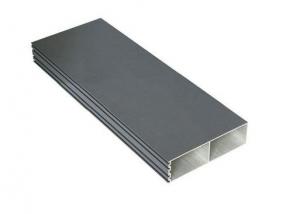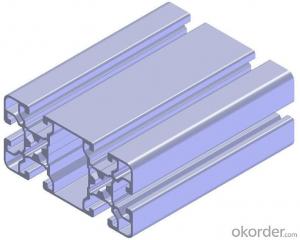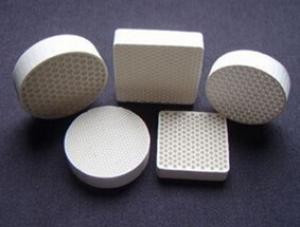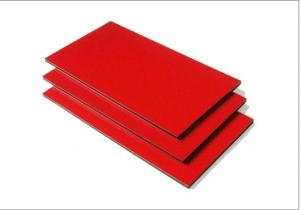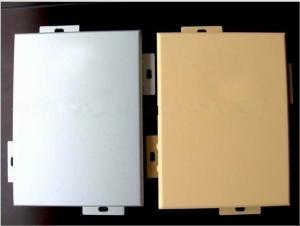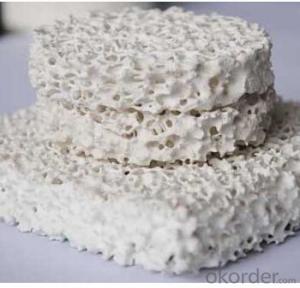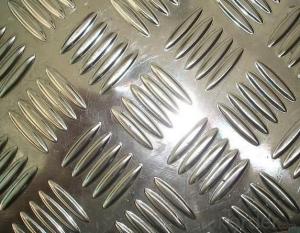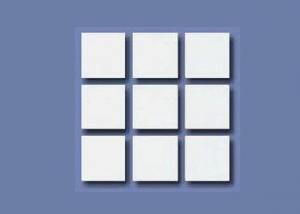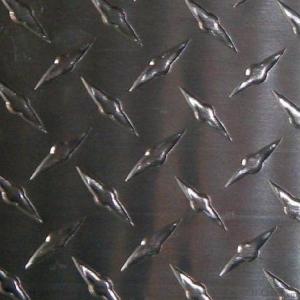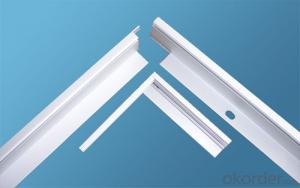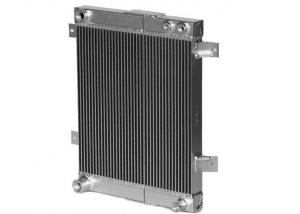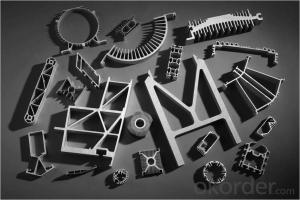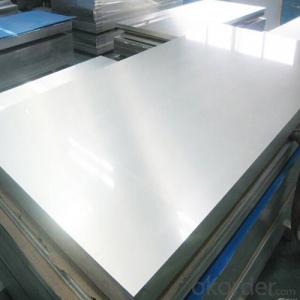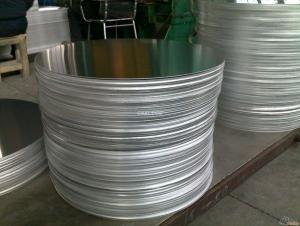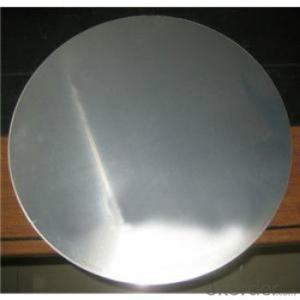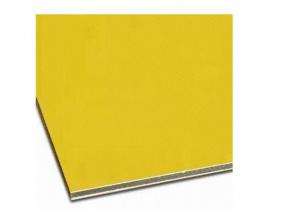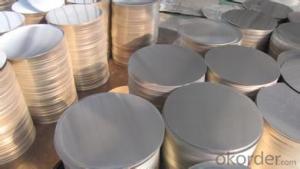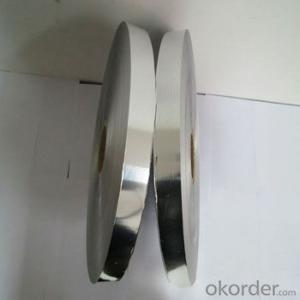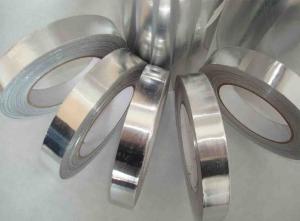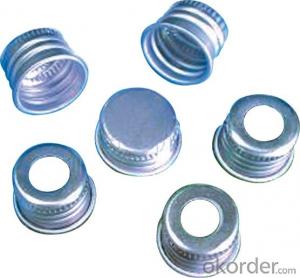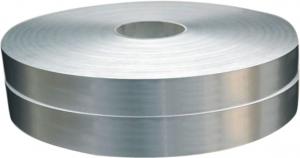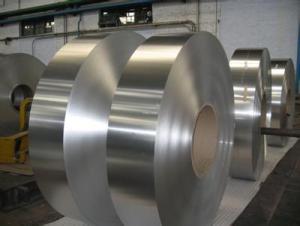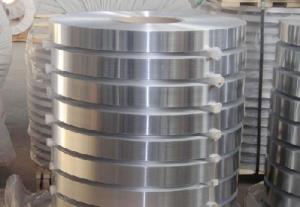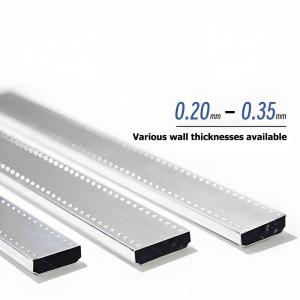Portia Aluminum Plate
Portia Aluminum Plate Related Searches
My Time At Portia Aluminum Plate Porous Aluminum Plate Alcoa Aluminum Plate Aluminum Metal Plate Aluminum Round Plate Polished Aluminum Plate Aluminum Profile Plate Avanti Aluminum Plate Aluminum Pressure Plate Aluminum Wall Plate Pure Aluminum Plate Gold Plate Aluminum Aluminum Cooking Plate Aluminum Plate Panels Aluminum Pie Plate Slotted Aluminum Plate Pizza Aluminum Plate Aluminum Paper Plate Aluminum Dimond Plate Precision Aluminum Plate Marine Aluminum Plate Aluminum Plenum Plate Aluminum Mold Plate Perforated Aluminum Plate Aluminum Dock Plate Aluminum Surface Plate Plasma Cut Aluminum Plate Aluminum Floor Plate Aluminum Motor Plate Aluminum Cold PlatePortia Aluminum Plate Supplier & Manufacturer from China
Portia Aluminum Plate is a high-quality product that is known for its durability and versatility. It is widely used in various industries such as construction, automotive, aerospace, and consumer electronics due to its lightweight and corrosion-resistant properties. The product is favored for its ability to be easily machined, bent, and welded, making it a popular choice for a multitude of applications.The Portia Aluminum Plate is utilized in numerous scenarios, including structural components, decorative panels, and heat sinks. Its use in these applications is attributed to its ability to withstand high temperatures and maintain its strength under stress. This makes it an ideal material for industries where performance and reliability are critical.
Okorder.com is a leading wholesale supplier of Portia Aluminum Plate, boasting a vast inventory to cater to the diverse needs of customers. The company prides itself on offering competitive prices and excellent customer service, ensuring that clients receive the best value for their investment in this versatile product.
Hot Products






